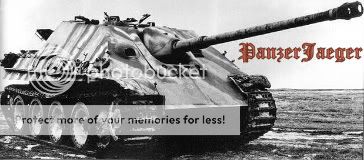Looking at losses provided by Wikipedia which comes from the book " Bodenplatte: The Luftwaffe's Last Hope" then the Allied lost 336 planes and had 190 damaged versus Luftwaffe losses of 271 lost and 65 damaged. Destroying 24% more than you lose could be considered a tactical success I guess but when looking at permanent pilot losses (213 KIA or POW) for the Luftwaffe, while the allied lost nowhere near that as many planes were destroyed on the ground, then it was an utter failure.
If this had been an operation in a very short war of a few days duration, then the pilot losses would not have mattered that much perhaps and it could even be considered a small success, especially if damaged planes cannot be repaired in time, but when you are fighting a long war of attrition you dont want to waste pilots like that.
To compare with Japan: Late '44 the average Navy fighter pilot had 40 hours of flying time and the Army apparently were down to 60 or 70 hours. But have found one claim that said 100 hours for the Navy so not sure which number is correct.
Luftwaffe training had been cut down to around 100-110 hours by '44. In the summer that year a survey of their pilots found that a majority of the pilots had seen between 8 to 30 days active service. Only a small percentage had an average of 3 months of service.
So depending on what number we pick the two airforces either had similar training or it was worse for the Japanese. If it was worse that would partially explain why their late war performance was worse than the Luftwaffe.
Sources for numbers:
http://www.allworldwars.com/The%20De...r%20Force.html
http://pwencycl.kgbudge.com/F/i/Fighter_Pilots.htm
http://www.combinedfleet.com/ijnaf.htm
CBR










 Reply With Quote
Reply With Quote










Bookmarks